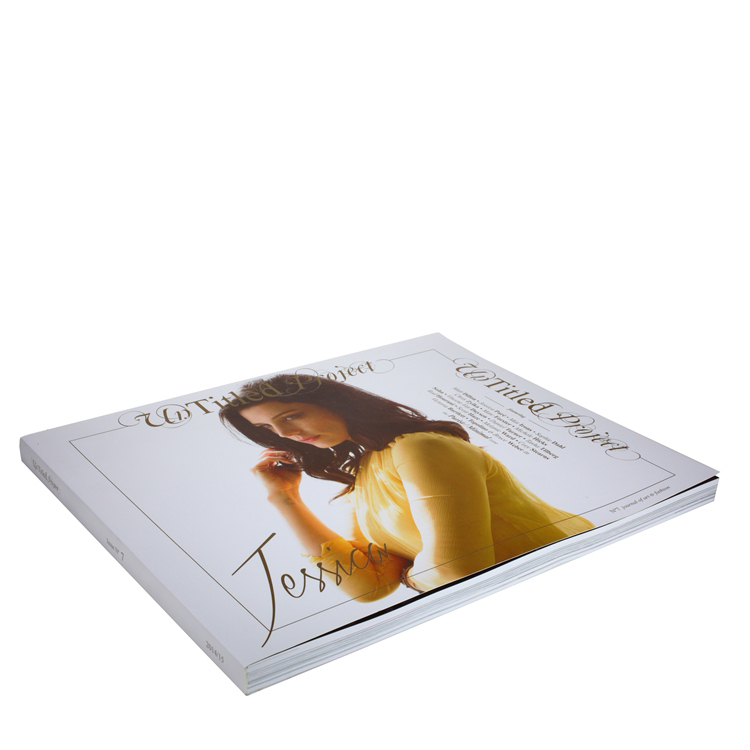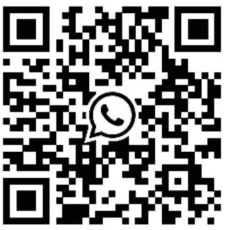Commonly used book printing technology
Books are a must-have for learning. The quality of books has a great impact on people’s reading experience. How do books print better? Let’s talk about the two mainstream printing methods.

1. Contact Imprinting
Contact imprinting is a printing technique that uses pressure-based printing to transfer graphic information on an original to a substrate using a plate or other means. Contact imprinting is also a traditional method of printing. It uses ink or coloring pigments to reproduce images and text on the surface of paper or other materials with the aid of printing machinery. According to the printing process, the printing process generally includes five elements such as an original, a printing plate, a substrate, an ink, and a printing machine. According to the form of the printing plate, the contact embossing printing mainly has four categories: letterpress, gravure, lithography and stencil printing. According to the printing procedure, the above four printing methods have different direct printing and indirect printing. There are also different classification habits in the application field. China generally divides this into news printing, publishing and printing (including books and magazines), packaging and decoration printing, securities printing, stationery printing and parts printing.
2. Non-contact printing
Non-contact printing, also known as pressureless printing, is a printing technique based on the use of no pressure. It is a new form of printing that has emerged with the development of electronic computer output technology.
Instead of using traditional plates, it uses thermal, static, magnetic or inkjet technology to send toner or ink droplets to the surface of the substrate under computer control; or to make special papers that are colored to form clear images. . Non-contact printing has the characteristics of reliable operation, no noise, compact equipment, fast speed, convenient operation and wide adaptability. It is especially suitable for copying in the office environment and outputting hard copies for information network systems, providing a small number of various files and materials. Pressureless printing includes laser (electrostatic) printing, inkjet printing, thermal printing, and magnetic printing. Among them, the first two are the widely used pressureless printing methods.

